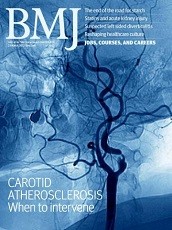Arthur ME Kennedy

Extract
The appearance of the two letters on abortion in sequence in the Journal . . . illustrated the diverging ethics of the members and future members of our profession. Reading the letter by Dr. Heine was indeed like feeling a breath of fresh unpolluted air in the smog of today’s confused thinking. . . .How different was the letter by the President of the Medical Students’ Society of McGill University stating the unanimous opinion of their Executive Council.
Kennedy AM. (Correspondence) Abortion. Can Med Assoc J. 1971 Jan 09;104(1):70.
